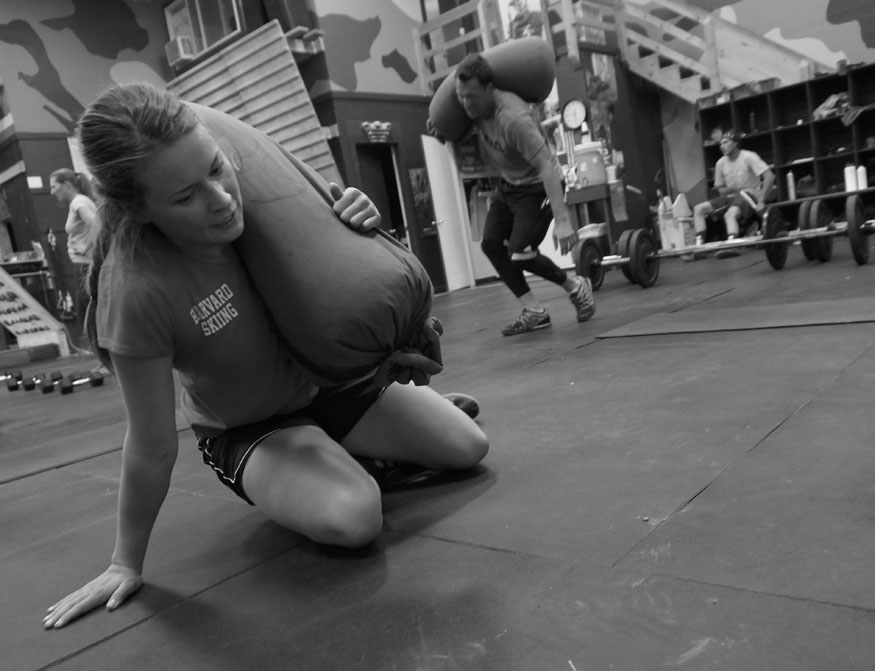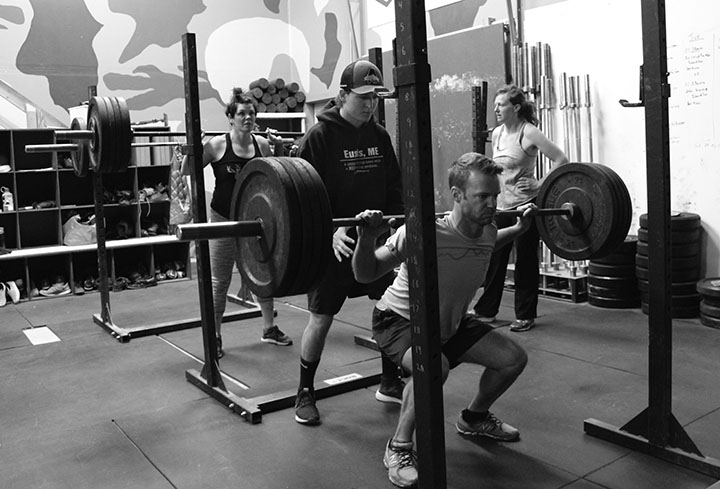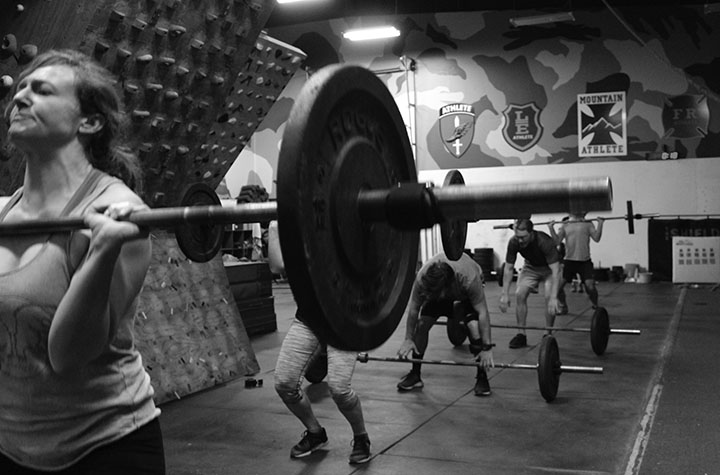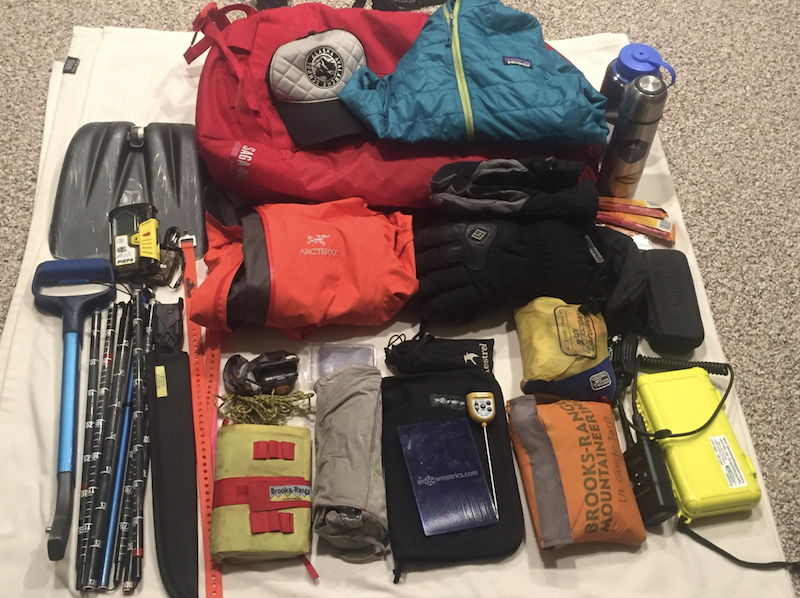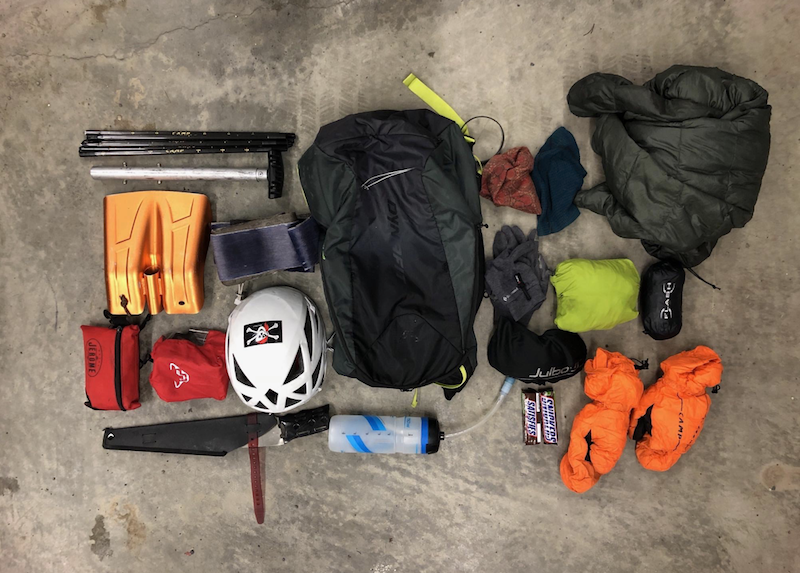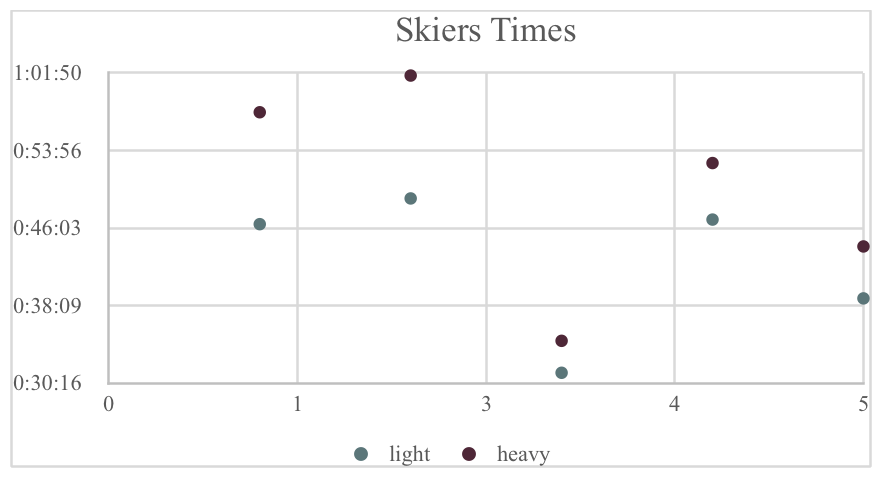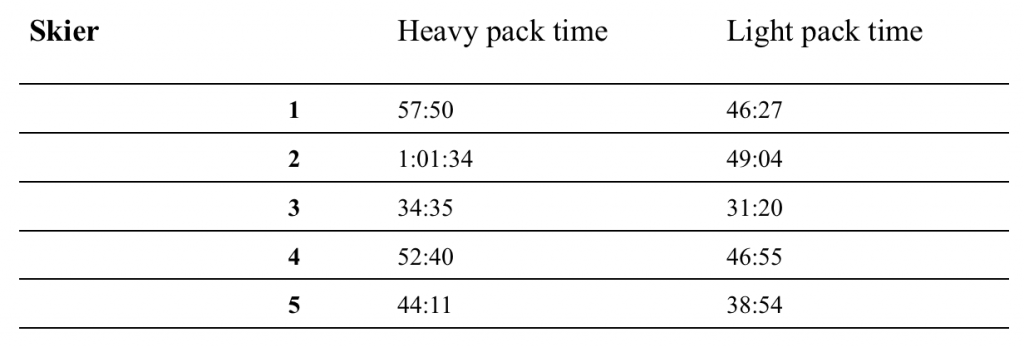KUDOS FOR THE GREEK HERO PACKET
“I have been dabbling in the Greek Hero Fitness Plans for about a year now. I completed Hector, Perseus, and Achilles and then randomly gave myself an APFT plus an UBRR and an 18 mile Ruck in the course of about a week. I scored a 296, crushed the minimums of UBRR, and a 4:51:00 on 18 mile with @ 60lbs (Finish not Win pace). It should be noted that I suffered a Grade 3 ACJ in 2013 non surgical and that when I found out about you guys. I started with your bodyweight plan to get back on my feet. I know all of your plans work. Diet has been key. No Alcohol. I am 34. Thanks for what you do and I will be buying the rest of the Greek Hero plans. I just have to go do this “thing” first. They are the best blend of running, rucking, lifting, and explosive bodyweight exercises I have ever done. My friends that suffer through Thor 3 watch in envy. Some of the exercises go easy and I was able to add to them. For example, 6 rounds power clean followed by rope climbs is an awesome concept. It crushed me at first. Then I started doing 3rounds with a 25#vest 3 rounds bodyweight. Then that turned into the whole thing with vest. Then that turned into sliding 2x 5 lbs plated in my vest with plates in already. Then that turned into adding 6 pull-ups with vest after the rope before rest(which I would extend by 30sec) and then the next power clean. I learned that I was pushing it as I started to get major fatigue in my forearms so I backed off for a while and then move on to different plan. That plan also had power clean rope climbs (Yes!) I went back to splitting reps half vest half bodyweight and I highly recommend adding the change no pullups… I can sweep up the rope now like a 90lbs Pacific Islander and I am around 200 with an X frame and can’t dance. I say all this to give feedback. Help the plans evolve. Help you guys stay competitive. The Greek Hero plans have it all. Everyone comments on what I do. I don’t do it because of that. I do it because it’s not standing in front of a mirror curling or working cable tri’s meanwhile having a gut. Far too much of the warrior community are peacocks. They take the easy road by shaping muscle, by looking strong, not performing, hoping to deter aggressors. That is sheepdog mentality. They want to make a big display on the perimeter of their courage. That’s not for me anymore. I desire to live out past the perimeter now. I digress. If you asked what could be added I would say I am at a point where I need more emphasis on stretching rolling soft tissue stuff and your programming will knot you up fast. I have blended Thor 3, Some Squat University stuff, and your warmups and cools downs and it seems to be helping prevent injury. Over the last year the most common tight spots or pain areas were the arch of the foot tightness, calf’s, hamstring lower back. Thanks for what you do. Hope this helps.”
QUESTION
Me and my buddies are currently in the SFQC. We have taken your relative strength, endurance, and work capacity assessments over the past month. In using the given scales, we found that we rated as “excellent” in all 3. We were wondering if there was a level of fitness higher than your given “excellent” numbers. We would like to know where we would stack up against, say, the most elite of tactical athletes. Almost like a leaderboard. Not sure if it’s something MTI has ever thought about, but one draw to the CrossFit Open is that we can compare our scores to others competing in the same events. Nonetheless, we were wondering if you or the lab rats have any “all time best” scores for the three assessments we can compare our scores to.
ANSWER
Other than teasingly competing with each other, we’ve never done official scoreboards like Crossfit. It might be interesting to apply something like that to one or two of the official
MTI assessments.
Good for you for doing the endurance assessment. Most skip that one!
Would you mind sending me in your scores? Pls include height/weight/age and individual loads/reps for the strength assessment, and times for the 3 legs of the endurance assessment.
One high level of fitness from our stuff, very few have achieved, is a score of bodyweight or better on
Operator Ugly. The closest I ever came was a score of 151 at a bodyweight of 155.
Here’s how a group of SOF guys did on this assessment.
Another killer challenge is to complete the
Barbell Complex at bodyweight – but you have to work up to it over 4 rounds. So for example, if my bodyweight is 155, I have to do the first effort at 125#, then 135#, then 145#, and finish with 155#. I’m not sure I’ve personally seen anyone do this.
Another event, from our Range Fitness work, is to get to the highest level (16 hits) in our
Quad Deuce Range Fitness event. I’ve seen 2 people do this. Once on the website, we offered a $400 prize for anyone who could do this and record it. No one claimed the prize … so I withdrew it. I’ve personally come close (15 hits) several times! So frustrating!
– Rob
QUESTION
It’s been 4 months, can you make sure I’m headed in the right direction? When I wrote to you in December 2017, I asked for a long-term approach to improve my pushups. This Tuesday I scored a personal best on pushups on the APFT, over 80 points! However, I couldn’t quite stick to your plan between January and now. I’m planning to start over on the Hypertrophy/Strength plan you gave me unless you think I should do something else.
After I got your email, I decreased volume for a couple weeks around the holidays, then got halfway through the Ultimate Meathead Cycle. I had an APFT on 22 January and scored 53 push-ups/77 points. Because I was under 80 points, my unit made me do once-a-day company-led PT. I have been following the Hybrid Push-Up plan at the same time, completing the Hybrid sessions before company PT or in the evening. I took another APFT on Tuesday, scoring 57 push-ups/82 Points. This gets me out of company PT purgatory, so I can follow your programming without competing requirements.
So what should I do next? I’d like to get to 75 Push-ups/100 points, but I know that will take time. My endurance is good enough right now; this push up number is holding back my career. I don’t have to take an APFT for at least 6 more months, probably closer to 9 months. I’m planning to do Ultimate Meathead Cycle, then Eccentric Strength, then check in again.
You are a great resource for tactical athletes – thank you!
ANSWER
I’d recommend you shift your focus from the APFT and do one of our more well-rounded training plans – specifically
Hector from the
Greek Hero Series.
Then, 6 weeks before your next APFT, complete the APFT Training Plan.
– Rob
QUESTION
I’m not really sure what would be the best program for me, I’m planning on climbing Mont Blanc in June (11weeks away) and then going straight to Italy to climb the dolomites, I have been doing some light training hiking, running and gym sessions, nothing very heavy as Im coming back from a calf injury. My rock climbing endurance is terrible at the moment so I really need to be building on that too.
What can you suggest I do?
ANSWER
I’d recommend …..
Weeks Plan
1-5
Mountain Base Helen – trains strength, work capacity, core, endurance and climbing fitness via the V-Sum. Great way to tune up your base fitness.
– Rob
QUESTION
The base that I am currently stationed at does not have a track. Therefore it’s hard to do programs that include interval runs or sprints. It is also limited in space. I wonder if you have a good operator style workout that uses cardio machines incorporated instead of running sprints etc…
ANSWER
No. You can always measure 400m outside on a road somewhere. Be resourceful.
– Rob
QUESTION
I’m interested in trying one of your courses. Could you please advise me as to which would best accomplish my fitness goals?
I’m 36yrs old, for the past 9 months have been lifting regularly (have a well equipped home gym). I’m wanting to increase my strength, but also wanting to compete in an MMA match (have been training for years, have previous fights). Had considered the BJJ course, but don’t really need that kind of grip strength.
So, looking for strength increase with the major lifts/muscle groups, core/ chassis strength, as well as cardio/ high intensity endurance for 5min rounds.
Thank you,
ANSWER
The
BJJ Plan covers all the bases your interested in. It includes barbell-based heavy strength training, intense core work, and high-intensity work capacity.
This is the plan I recommend.
– Rob
QUESTION
I’m probably going to sound crazy, but I’m determined to reach a milestone and I need your help developing a plan. Here’s a little about me. I’m a 52 year old Army National Guardsman/High School English teacher. I know my way around the weight room. But I’ve only trained bodyweight exercises for the past 2 years. My training has been sporadic for about a year. I stopped regular running after a patella tendon repair in 2000. I mainly row, bike, use the elliptical and walk. I can run, but have not trained at running in years. Now here’s where I need your help…
I have this crazy desire to max every event on the APFT (PU, SU AND Run) by October 2018 (sooner would be AWESOME). My most recent stats from my November 2017 APFT were 57 PU, 57 SU and 2.5 mile walk in 32:57.
My vitals are all excellent according to my physician after my physical a couple of weeks ago. The knee is fine. I’m 6’1, 225 lbs. I just started the nutrition plan MTI advises. There’s nothing physically preventing me from achieving my goal other than I don’t know where to start and I’m only moderately fit.
What training programs would you recommend to get me to my goal?
Thank you in advance.
ANSWER
– Rob
QUESTION
A quick question on recovery time between rounds. I’m just finishing Resilience and going to start Big24v4. An exercise physiology book I just read emphasizes the importance of appropriate recovery time between sets – they propose something like 2 minutes when doing strength sets – what do you program/recommend? Apologies if that info in on the website – I looked but may have missed it.
ANSWER
Each circuit includes a stretch or mobility drill. This is your “working rest.”
In general, we’ve found that a minute is plenty … but take longer if you stop making the prescribed reps and loading. When we first start Big 24, the sessions go quick – 50-60 minutes. But near the end, when the loading is heavy, the sessions take around 70 minutes. The load causes us to take more rest. You’ll see…. it’s super intense.
– Rob
QUESTION
I am a 45 year old athlete. Last year I competed in cycling at the Gran Fondo World Cycling Championships so I have had a high degree of endurance (at least on the bike) in the past. I am not much of a runner though at all. For my 50thbirthday year, my plan is to Trek in the Himalayas and do one of the “trekking peaks”. Still a challenge at over 6000m elevation and with over 20 days of trekking. Ideally I would like to do something like the following:http://iantaylortrekking.com/trek-asia/peak-climbing/mera-and-island-peaks/. I did some light mountaineering in my 20s and I would like to get back into it now that I am a little more settled and have a bit more financial resources.
Unfortunately very shortly after the bike race last year, I developed a tendinitis in my adductor magnus which I am still working through. I also had frozen shoulder and my right shoulder presents ongoing issues for me. I expect it is my lack of core strength and flexibility that is creating some of these issues for me (not to mention my long days at a desk as a lawyer). I am seeing a sports doc for these issues and I will hopefully be able to resolve them as I am working through your programs. I want to make sure that I get my body prepared for the next challenges so I can accomplish my goals. I also put on over 30 pounds since I had the injuries. This summer I will primarily do hiking and scrambling but I want to follow a progression so I am ready to tackle the mountaineering and climbing courses I will take roughly a year from now. I will likely do a week long mountaineering course in June of next year (2019) and take it from there.
Do you have a recommended year-long progression for essentially a novice to be ready for some serious mountaineering in Canada and to get prepared for the Himalayas. I think if I can get that first year under my belt, I will be able to manage selecting programs to build on over the next few years.
Your site was just what I was looking for, and I really hope it will assist me in preparing for my goals. I also have 4 sons, the oldest is now just entering his teenage years and I want to challenge them and try to keep up with them as they get older!
Thanks for any assistance and/or guidance you can provide!
ANSWER
Bodyweight Foundation will tighten things up and lay a strength and endurance foundation for the
Greek Heroine Plans. These plans are “Base Fitness” for mountain athletes, and concurrently train strength, work capacity, mountain endurance (running, uphill hiking under load), chassis integrity (core) and climbing fitness. Take a week’s full rest between plans.
Altogether, this is 35 weeks of programming.
Email back on the other side of Mountain Base Atalanta.
– Rob
QUESTION
So I definitely want to get one of your fitness plans. Just struggling with which one to start.
I’ve run a 15K recently and can run a 5K in under 10minutes. Lifted before but stopped to concentrate on running (big mistake)
What plan would you recommend? I plan on backpacking this summer but didn’t know if I should aim for one of the general plans first before the preseason backpacking plan.
I zoned out and read the entire quiet professional piece and all related articles during downtime at work in one shot. Really resonated with me. Every word of it.
ANSWER
I’d recommend you complete
SF45 Alpha. Originally designed for older athletes (45-55), this plan is a great base fitness plan which combines heavy barbell strength, work capacity, chassis integrity and three types of endurance – a 6 mile run assessment and follow on 2-mile intervals, gym-based endurance, and a long run or other modes of endurance on Saturdays. It’s a 6 day/week training plan.
QUESTION
Thank you for putting together such great plans. I am just completing the fat loss program. In trying to plan on what’s next I’m thinking about the military onramp to continue my base. The question I have is what plan to do after that I’m 47 years old prior service in the Marine Corps I am a desk jockey at this time but like to do a little bit of everything swim run bike ruck row triathlon goruck. Is there a plan that he has that variety I was thinking about looking at the pirate package of workouts Or is there other plans that would be well-rounded to consider as I’m not training for a tactical job but just want to have variety and fun while working out?
Thanks again I really enjoy your website.
ANSWER
After
Military OnRamp move to the plans in the
SF45 Packet. These are designed for athletes 45-55 years old and address your needs.
– Rob
QUESTION
Was looking for some kind of HIIT.
ANSWER
– Rob
QUESTION
I’m doing an Utra Beast and I’ve signed up for a subscription to the site. I noticed the plan only has a long distance run of 16 miles. The Spartan ultra is 30 miles. I am doing it in Breckinridge Colorado. My concern for this race is primarily the altitude. I live at sea level.
What’s the best program on your site for preparing me for the altitude from a stamina standpoint etc…? Currently for running I’m doing a modified training program for a marathon that has me running 4 days a week. I am also working out with weights days a week.
ANSWER
There is no shortcut other than being as aerobically fit as possible, or having a week + at the altitude before the event. One issue you can train for is the vertical ascent and, especially the descent – which his very intense on leg muscles.
– Rob
QUESTION
I just returned from SFAS. I unfortunately got cut for land nav. However, I did get a 1yr return date which I absolutely intend on going back.
I completed the Ruck Based Selection prior to going however, now i am left with a year now to train before going back. Would you recommend starting over with the SFAS packet, and starting over at the base level for running and rucking? Or start with a more advanced program and train up again to finish with Rucked Base Selection? Thank you.
ANSWER
I’d recommend dropping into the plans/order in the
Greek Hero Packet, then drop into the Ruck Based Selection Training Plan the 8 weeks directly before selection.
– Rob
QUESTION
ANSWER
Weeks Plan
1-8 Humility
9 Total Rest
10-16 Fortitude
17 Total rest
18-20 Valor (1st 3 Weeks)
21 Total Rest
22-29 Ruck Based Selection Training Plan
– Rob
QUESTION
I purchased the policy academy prep program about 8 months ago. In that time (within a few weeks of purchasing the plan), I broke my leg. It didn’t heal and I had to get surgery to put a metal rod in. I just got out of the walking cast this week (So August to this week in a cast). I’ve gotten the Ok to walk and start doing things, though the fibula is still separated (they cut it in surgery). I’d like to start doing PT again but am not sure how I should go about weight training with my leg not 100%. I can’t run yet, but hope to maybe do some light rucking. I’m curious your thoughts or possible resources on how to best train after a broken tibia.
ANSWER
– Rob
QUESTION
I’ll be spending the next 6-8 weeks at the National Training Center in California. The only exercise equipment I’ll really have will be my ruck, my body armor, and the terrain. Would the bodyweight training plan be a good routine to follow or would you recommend another training program?
ANSWER
Do the runs wearing your body armor.
– Rob
QUESTION
Hoping you can help me with a question I have in regards to the Fat Loss Training Program. First.. I think that is the right program for me (according to your quiz it is).
Little background about me – I underwent bariatric surgery June ’17 and have recently lost 150lbs. I have another 60-80 pounds to lose and my body fat percentage is still around 42%. I am interested in increasing my strength while also losing fat. My starting weight was 385lbs and I want to be a strong and solid 145-165 one day. I believe your programs will help me get there -my brother did them to increase his skiing ability and he’s a beast now.
Do you agree that the fat loss is the place to start?
ANSWER
– Rob
QUESTION
Recently I listened to the backcountry hunt podcast with MTN TACTICAL as the guest. I’m interested in finding a program for me. Currently I’m a firefighter, avid mountain bow hunter and USAF veteran. There are a few chinks in my armor though…which is why I’m contacting your company in hopes you have some suggestions.
About 3 or 4 years ago I had a couple major back injuries, 6 months apart from each-other that left me laid up in a bed for a couple weeks. SI joint/nerve irration stuff in my left hip (I guess all that time overseas in the USAF lifting heavy weights focusing on only squats, chest and upper back with lots of sitting in between didn’t help.) Since the injury, I’ve done multiple functional movement screenings and have improved drastically. I follow Kelly Starrett religiously and do tissue work daily(recovery during the elk season has been phenominal.)
I’ve been injury free for the last couple years thanks to the fore-mentioned, but I still feel like there are some huge muscle imbalances in my system. I can carry 2 rear elk quarters in the pack fine, but if you put 1 in my arms and told me to walk 500 yards I feel like I would topple over after 100 yards.
Currently I’ve got a tactical triphasic program that I do at work. Overall I’d say I feel pretty good considering, but I feel like my low back is always the lagging muscle group that begins to break down first. A simple long hike with no weight leaves me with a tight low back. Having dealt with low back pain and injury for the last 7 years I’ve gotten to know when things just aren’t right (in the hips and low back). I’m not proud or happy to say this but on a daily basis I find myself adjusting my left hip(at least I think the adjustment happens in the hip), which requires me to get into the bretzel position on my right side and with a slight stretch/pressure…POP, its back. But that only lasts for a couple hours or a day at most, then I have to do it again. Rarely do I have to set my hips because of leg length discrepancy. But it does happen every now and then(once I found Kelly Starrett, I realized that was the source of most of my back pain.) But there’s still tension and I’m sure there is a couple issues going on with the hip and low back, but I just wanted to give you an honest evaluation from my eyes and hopefully you have some good ideas to start with.
I really enjoyed the podcast and was VERY intrigued by the training methods described and honestly just want to shore up my weak spots and become a better mountain hunter!
ANSWER
I’m not sure the source of your imbalance, and am not a Physical Therapist or doctor – so can’t diagnose you.
Our programming is built around the fitness demands of the event, not the individual wants/needs/limitations of the athlete. The fitness demands of a backcountry elk hunt are the same for everyone … and so we program to those demands.
Are you ready for our stuff? I’d say yeah given your current training.
If you’re looking for a plan to address your imbalance, I’d recommend the
Chassis Integrity Training Plan. This plan deploys our chassis integrity mid-section programming methodology, which I feel is the most functional and transferable to the field or mountain and tactical athletes. You can use the sessions in this plan to supplement your current other training.
– Rob
QUESTION
I have a subscription to your plans and would like something to help me train for a 50 K ultra. I notice you have plans for alpine running 50 miles and 100 mile but I can’t run 13 miles straight at this point. What would you recommend? I’m trying to increase my strength for trail running as well as slim down
ANSWER
QUESTION
I have a shoulder injury that I’m currently doing Phy Therapy for, but I’m also trying to lose some weight and get back into peak form as I try to recover from various injuries over the past year.
Currently, I’m running 4-6 times a week and incorporating sandbag exercises (the gym only has a 30# sandbag, though), squats, and ab exercises. I’m wondering what other tpyes of exercises you would recommend as I’m trying to use my shoulder as little as possible for intensive activities so that the PT actually has a chance to work. There are a lot of lifts I can’t do because of the injury and many that I’m staying away from as they put too much strain on my shoulder, but I’m looking for some ideas to change it up some, and all the plans I have looked at are going to put too much strain on my shoulder at this point in time.
I’m currently deployed, so I have some equipment limitations, but the gym is fairly well equipped. Thank you for your help, your plans have been a huge help to me in the past and I appreciate advice.
ANSWER
We built the Training Plan for Athletes Suffering Arm Injury for athletes like you. This isn’t a rehab plan for your injured shoulder, but rather is designed to train the rest of your body around your injury.
– Rob
QUESTION
To start I’m 6’5” 250 and 54 years old. I work out five to six days a week super setting several exercises for 35 minutes followed by a mile of walking. I am pretty happy with my strength but would like to add some lung capacity to my work outs several days a week. Suggestions?
ANSWER
I’d recommend you start our stuff with
SF45 Alpha. The SF45 plans are originally designed for high impact athletes ages 45-55, and concurrently train strength, work capacity, chassis integrity and endurance.
– Rob
Subscribe to MTI's Newsletter - BETA


